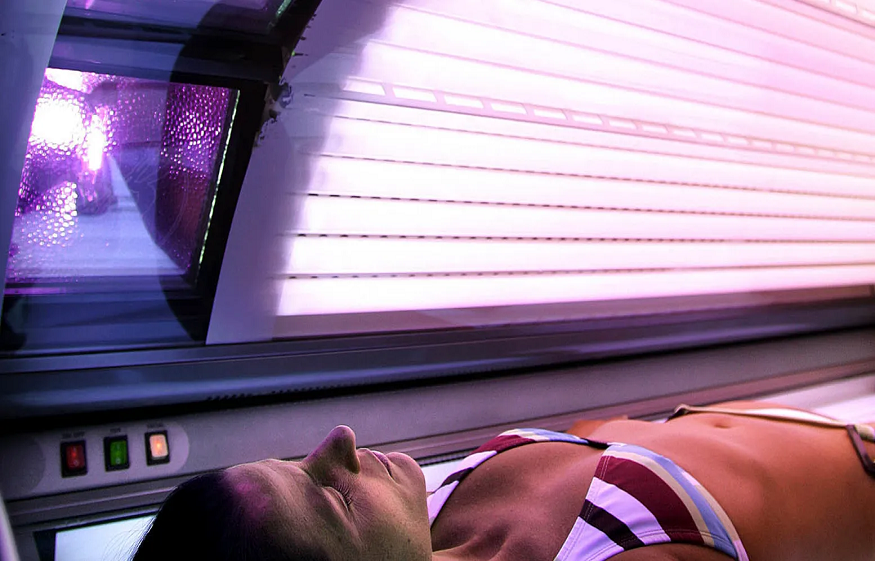Indoor tanning, also known as UV exposure, is a major cause of skin cancer. It increases your risk of developing melanoma, the most serious form of skin cancer.
It’s also linked to depression, mood disorders, and even substance abuse. And if you have an addiction to tanning, it can be difficult to stop.
Skin Cancer
Skin cancer is a serious disease that occurs when malignant (cancer) cells form in the tissues of the body. It can be very deadly, especially when it spreads to other parts of the body.
There are many different types of skin cancer, but two of the most common are basal cell and squamous cell. Both types develop in the epidermis, which is the top 2 layers of your skin.
Both cancers can appear as a pearly bump or flat, reddish patches on sun-exposed skin of the head, neck, torso, arms and legs. Sometimes, small blood vessels called telangiectasia can be seen within the tumor.
Skin cancer can also occur on less sun-exposed areas of your body, such as between your toes, under your fingernails and on the palms of your hands or soles of your feet. People with darker skin tones are more likely to develop squamous cell and basal cell cancer in these non-sun-exposed areas.
Eye Damage
Many people know that tanning beds can be harmful to your skin, but it is also important to keep your eyes safe from UV rays. According to ophthalmologists, UV exposure causes cumulative damage to the eye over time.
The ultraviolet (UV) rays produced by tanning beds are 100 times stronger than those from the sun, so even when you close your eyes, you are still vulnerable to these harmful rays. Long-term exposure can lead to a variety of eye problems, including cataracts and eye cancer.
Some of these conditions can be treated with eye drops, but you should seek medical attention if you experience symptoms like pain, redness or loss of vision, or if you notice that your eyes look different from the way they did before. A common condition caused by UV exposure is called photokeratitis. It can cause pain, itching and sometimes blurry vision. It is most common in areas of the country where snow and ice reflect UV rays, but it can also occur in regions with less protection from UV.
Depression
During the winter, many people feel depressed due to lack of sunlight. This condition is called seasonal affective disorder or SAD, and it can cause fatigue, weight gain, loss of energy, and poor concentration.
To counter this, the sun’s rays can help with SAD by providing vitamin D that stimulates the brain to produce serotonin and dopamine, neurotransmitters that are thought to improve mood. It’s important to avoid UVB rays from the sun, as they are harmful and can lead to skin cancer.
To investigate whether psychiatric and substance use symptoms were related to changes in mood after indoor tanning, researchers collected self-reported data from 292 female college indoor tanners. They assessed participants’ negative (upset, scared, irritable, nervous, jittery, afraid) and positive (feeling interested) mood states before and after their most recent indoor tanning session.
Addiction
Tanning, whether indoors or outdoors, can be a fun activity that also helps you look your best. But for some people, it can lead to addiction.
Researchers have found that women who are depressed and have genetic mutations associated with addiction may be more likely to develop a dependence on tanning. This finding was reported in a study from Georgetown University.
The researchers surveyed 421 college students who had used indoor tanning devices at least once in the past year. The participants completed two questionnaires that evaluated their addiction to tanning and a variety of other behaviors, including substance use and symptoms of anxiety and depression. The results showed that approximately 30% of the participants were addicted to indoor tanning.



